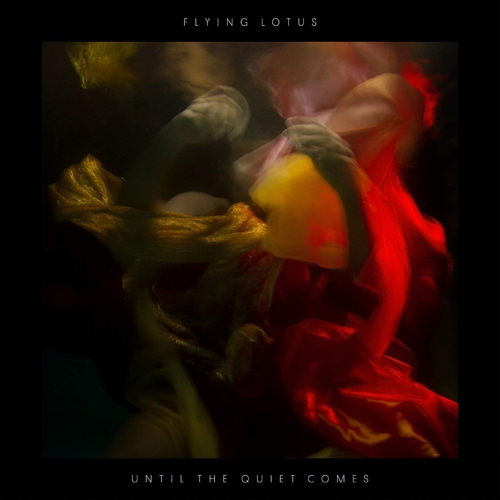

The village acts as a co-operative with the revenue brought into the village used to help local projects and preserve the community. The Mae Kampong homestay program has proved to be a big success benefiting visitors and villagers alike. Steps were built to make waterfalls and natural attractions easier to reach and some residents opened their doors as homestays for tourists. The idea of OTOP was initially a concern for the village headman until he decided to propose Mae Kampong as an eco-tourism village to take advantage of the natural surroundings and beautiful location. The Thai government were encouraging each sub-district (tambon) to produce a product, service or activity that it could be associated with as part of the new One Tambon One Product (OTOP) scheme. In the 1990s the community adapted again. They also used the stream running through the village to produce hydro-electric power. In the 1980s the people of Mae Kampong began growing coffee under the Royal Project.


Locals chew mieng after meals or as an energy boost when working.Īromatherapy tea pillows (top left) making mieng (bottom left) setting off to harvest tea (right) The finished product, known as mieng is popular in rural north Thailand. The traditional way of preparing the leaves is to steam them and leave them for a few months to ferment with a combination of salt, oil, fat, garlic and dried fish. Villagers are able to harvest tea leaves up to five times a year. Mae Kampong is 1300 metres above sea level and tea plants thrive in the highland forests here.


 0 kommentar(er)
0 kommentar(er)
